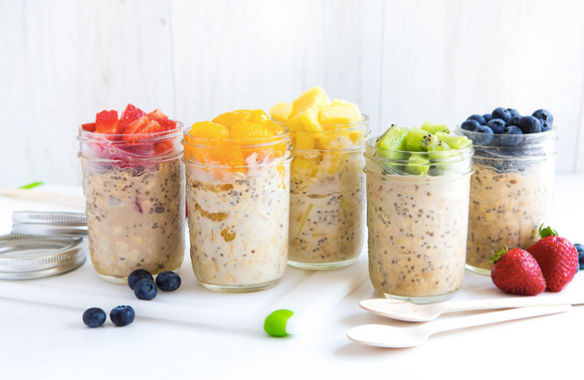It is hard to eat well when you are a medstudent, resident or busy doc (also true for busy people not in medicine The key to eating well if you are busy is planning.. but it takes time. As I’ve written before, here are the basic steps that you need to follow to eat well if you are “too busy to cook”.
- Use a calendar to organize which days you need to have dinner ready
- Find the recipes you want to cook
- Fill in the calendar with what you will take to work for lunch and your planned dinners.
- Make a shopping list.
- Shop once, then follow your plan
To follow these steps, I’ve used the internet to find recipes, Evernote to map out the week, and Grocery IQ for the shopping list. I’ve gotten pretty efficient, but it’s still takes a non-trivial amount of time… and who has that kind of time, right?
And then I read Jane Friedman’s post “My Must-Have Digital Media Tools: 2018 Edition” and I saw this…
 I was skeptical, but I downloaded it.
I was skeptical, but I downloaded it.
Here’s the bottom line… this app is “expensive” ($25). But I promise, even if you are medical student without much money, it will be the best $25 you’ll spend this year.
Here’s why – this app takes the five steps listed above and puts them all into one place. It not only makes it easy to choose recipes, plan your week and shop, it almost makes it fun. Here’s how:
Use a calendar to organize which days you need to have dinner ready.
Start on the “meals” tab and put notes in for your week. If you share cooking with a significant other or roommates, you can share the account with them so everyone is (literally) on the same page.
 Find the recipes you want to cook and put them in the calendar for the week
Find the recipes you want to cook and put them in the calendar for the week
Click on the browser tab to find new recipes. As you gather recipes in the app, it becomes your own personal “cookbook” which is searchable by category, name, or ingredients.
 Fill in your calendar with what you will take to work for lunch and your planned dinners.
Fill in your calendar with what you will take to work for lunch and your planned dinners.
This was the first moment I knew I was really hooked. All you do is drag and drop the recipes you want into the appropriate day. Wow.
 Make a shopping list and go shopping.
Make a shopping list and go shopping.
This is when I was completely sold. When you pull up the recipes you’ve chosen, there is a little “hat” icon at the top:
 When you click this icon EVERYTHING IN THE RECIPE appears in a shopping list. Unclick what you don’t need and repeat for all the recipes.
When you click this icon EVERYTHING IN THE RECIPE appears in a shopping list. Unclick what you don’t need and repeat for all the recipes.
Because this app is on your computer and your phone, just take your phone with you to the grocery store. As you pick up the item, click the box next to it and move on to the next item. If you are sharing the app with your significant other or roommates, anyone can add to the grocery list or unclick things they have bought.
 Here’s the official website for Paprika: https://www.paprikaapp.com/. Enjoy your healthy eating!!!! Try this plan (instead of the bagels, pizza, peanut butter and other “free” foods in the hospital) for a week or two. I promise you’ll feel better, learn better and have more energy to take good care of your patients.
Here’s the official website for Paprika: https://www.paprikaapp.com/. Enjoy your healthy eating!!!! Try this plan (instead of the bagels, pizza, peanut butter and other “free” foods in the hospital) for a week or two. I promise you’ll feel better, learn better and have more energy to take good care of your patients.












 2.
2. 












































